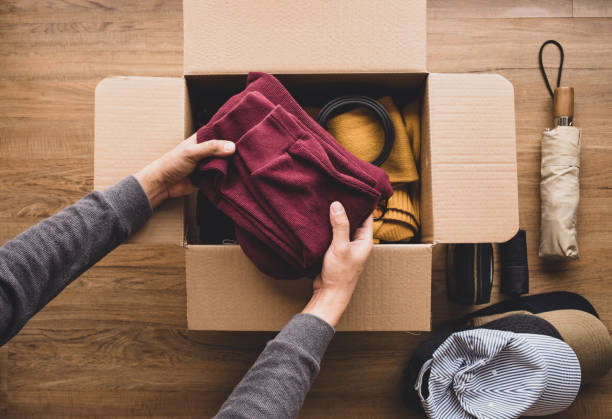Packing strategies to protect delicate wrist pieces during transport
Transporting delicate wrist pieces requires thoughtful packing to prevent tangles, scratches, and deformation. This concise preview outlines practical approaches—from using soft padding and individual compartments to documenting provenance and choosing the right travel cases—to keep fragile items secure while in transit.

Packing delicate wrist pieces for transport demands careful planning to avoid scratches, kinks, and lost components. Whether you are moving a small collection, sending a single heirloom, or taking jewelry on a trip, a consistent method reduces risk. Start by assessing each item’s vulnerabilities — thin chains, exposed clasps, soft metals, and applied finishes all influence how you pack. Clear labeling and simple documentation about provenance and customization help maintain value and provenance during handoffs and inspections. The following sections cover specific concerns and practical steps to protect wristwear in transit.
How should wristwear be sized and prepared before packing?
Measure and record sizing before packing to avoid stretching or deformation. For chains and flexible wristwear, fasten clasps and lay pieces flat on soft padding to preserve shape. If an adjustable piece is present, set it to a mid-range position to reduce tension at ends. For solid or rigid pieces, use form-fitting supports such as foam rolls or small cylindrical inserts to keep the curvature intact. Include a short note with dimensions and any known repairs so handlers understand how fragile or adjustable the item is.
How can you secure clasps and fastenings effectively?
A loose clasp or pin is often the first point of failure during shipping or travel. Close all clasps and consider using small pieces of soft tape across closures (non-adhesive side against metal where possible) or a protective sleeve over the clasp area to prevent accidental opening. For lobster or spring-ring clasps, position the clasp on the inside of a folded piece to reduce snagging. In multi-piece shipments, secure each item individually so a broken clasp on one piece does not tangle with or damage others.
Which metals and finishes need extra protection?
Different metals and surface finishes react differently to abrasion, humidity, and friction. Softer metals like gold or plated surfaces and delicate finishes such as enamel or brushed textures require soft, non-abrasive padding and isolation from other metals to prevent scratching or rubbing through finishes. Avoid extreme humidity and rapid temperature swings in packaging choices; include silica gel packets for longer transit to limit moisture exposure. When shipping internationally, be mindful of customs handling and choose packaging that minimizes folding or compression of items.
How does durability and routine maintenance affect packing choices?
Consider the durability of each piece when selecting packing materials. Hardened metals and simple bands tolerate more compression than thin chains or pieces with inlaid stones. Recent maintenance, such as re-gluing stones or re-plating, means extra caution: allow any repair adhesives or finishes to fully cure before packing. Clean items gently and remove loose dirt that might scratch surfaces during movement. For long-term storage in transit, use breathable but cushioned wraps that offer both physical protection and airflow to reduce corrosion risk.
What measures protect customization and engraving during transport?
Personalized pieces with engraving or delicate customization often have sentimental value and visible surfaces to protect. Place the engraved face away from potential contact with hard surfaces and use soft, lint-free cloths to cushion personalized areas. If a piece includes applied elements like resin or hand-painted details, add an extra layer of soft foam cutout to isolate those regions. Include a short inventory sheet describing the customization and any special handling needs so anyone opening the package understands where extra care is needed.
How do layering, travel conditions, and provenance affect packing decisions?
Layering pieces together increases the chance of tangling and abrasion; pack each item individually when possible and avoid stacking multiple pieces directly. For travel, choose compact, cushioned organizers with separate compartments and secure closures to keep items from shifting. When provenance or documentation matters—such as certificates or appraisals—store those papers flat in a separate waterproof sleeve within the outer package to prevent moisture or folding. Label packages discreetly to avoid advertising valuable contents while ensuring handlers see handling instructions.
Conclusion A methodical approach to packing keeps delicate wrist pieces secure in transit: assess sizing and condition, protect clasps and vulnerable finishes, plan for durability and maintenance needs, and safeguard customization and provenance documentation. Individual wrapping, thoughtful padding, and clear labeling reduce the most common risks of transport and help ensure items arrive in the same condition they left.






